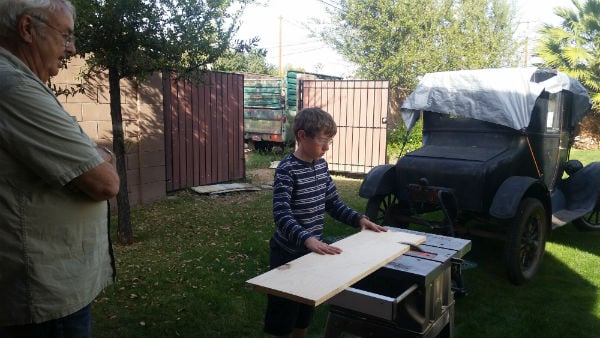
Are You Willing to Step Aside?
First published by CUInsight.com
Does the threat of not being reelected discourage incumbents from shirking their duties to be a high-performing board member or engaging in empire building with other board members and the membership at large? My hope is that all board members are committed to serving on the board to the best of their ability and adding value to the membership.
One of my favorite questions to ask a board member is “Are you willing to step aside and make room for someone who can add greater value?” One board member shared that every morning she asks herself, “Am I giving the value needed? If not, why? If yes, how do I know?” Self-reflection, such as these questions, is a courageous leadership move. How much do I live in the legend of myself?
Most credit unions have a semi staggered board of directors wherein a certain number of directors are up for reelection every year. A staggered approach to board elections has both benefits and potential problems. A major benefit is that the board has a constant supply of trained and ready board members for continuity. A potential challenge is presented when the chair and vice chair are up for reelection at the same time. In a high-performing board, this simultaneous reelection is not the same issue as when the boardroom is full of posturing and politics. If each board member is adding value, the membership will notice. Here are ways a board—and, hence, board members—can be seen as high performing.
- Elect a strong chair, one who provides leadership and direction; stay away from the “next-in-line” concept for electing a chair.
- Work in partnership with your CEO.
- Understand the role of the board.
- Hire and retain a high-performing and compelling leader as an expert CEO.
- Be in strategic partnership with the CEO; ask strategic questions and engage in strategic conversations. If you don’t know how, learn.
- Hold a compelling vision of the organization’s potential for serving the needs of the membership.
- Reflect the membership with relevant board diversity.
- Create a true strategic plan with emphasis on strategic.
- Stay in your lane and out of operations.
- Adopt a robust board meeting agenda.
- Establish a purpose to add value.
- Maintain an efficient board structure, including size of board, meeting agenda, committee structures, and officers who serve the greater good above and beyond self-promotion.
- Establish a strategic approach to board recruitment and composition to ensure the membership is represented.
- Adopt board learning plans and update them every year.
- Have frank conversations on how each board member adds value.
- Conduct periodic assessments to find out what you are doing well; invite the executive team to assess the board for effectiveness.
- Adopt a rigorous onboarding program.
- Create a plan to build the board with the right people and prepare them for their
- Identify and transition to the right board leaders for ongoing board renewal, development, and leadership succession planning.
- Dust off your governance structure and fine tune it for the board of the future, This is a long list, and yet, everything falls into place with a committed, high-performing board. My suggestion is to take time in the next few months to discover the true potential of your board and lay a solid foundation that holds up for many generations to come.






